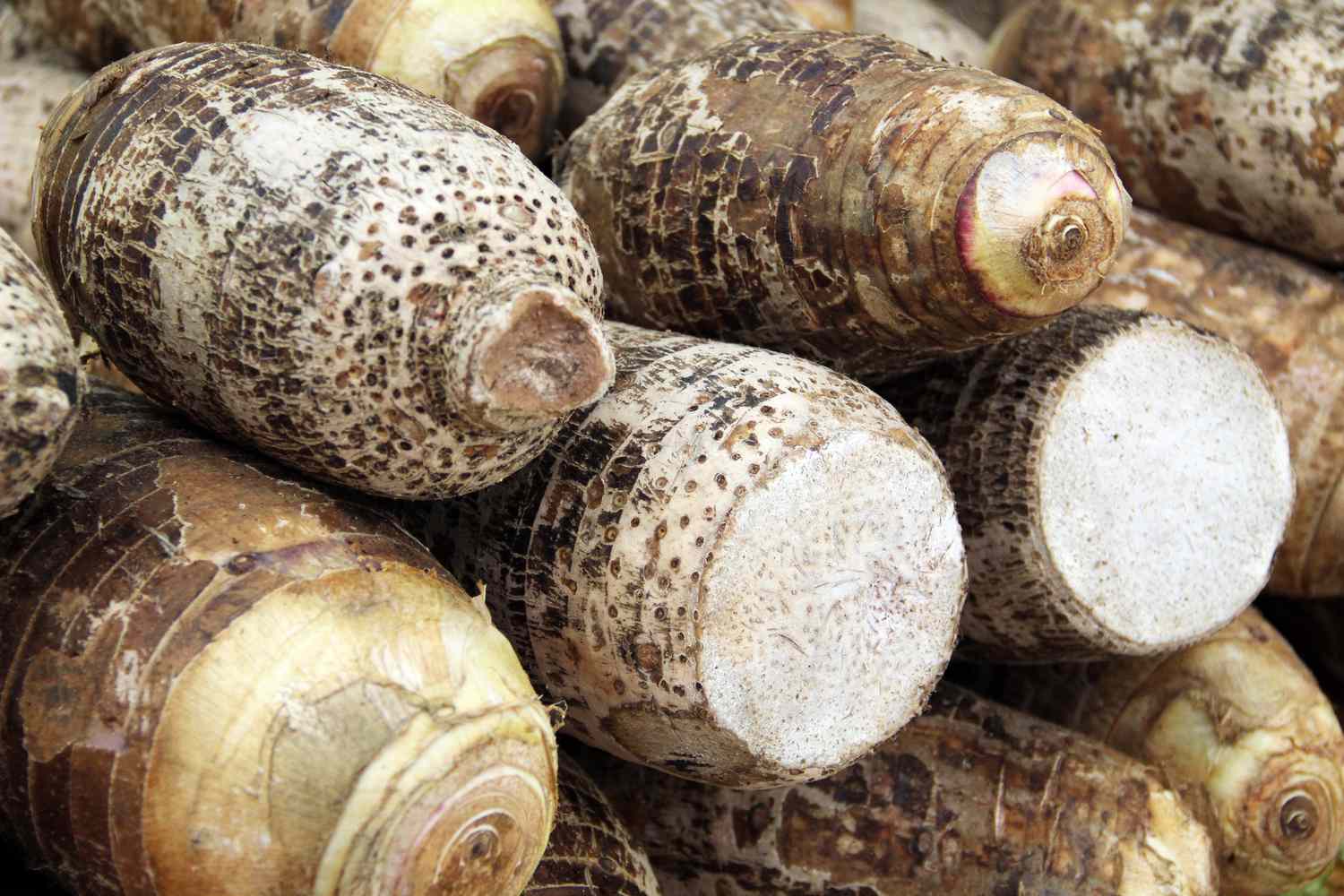
Malanga, also known as taro or yautia, is a root vegetable that often flies under the radar. But what makes this starchy tuber so special? Malanga is packed with nutrients, making it a great addition to any diet. It’s rich in fiber, vitamins, and minerals, which can help with digestion and overall health. Plus, it’s versatile in the kitchen. You can boil, fry, or mash it, and it fits well in both savory and sweet dishes. Curious about its origins or how to cook it? Malanga has a fascinating history and a variety of uses that might surprise you. Ready to learn more? Let’s dig into 20 intriguing facts about this amazing root!
Key Takeaways:
- Malanga is a versatile root vegetable packed with fiber, vitamin C, and potassium, making it a healthy choice for digestion, immune function, and heart health. It can be boiled, fried, or mashed for delicious culinary creations.
- Growing malanga requires a tropical climate, well-drained soil, and partial shade. It holds cultural significance in Caribbean, African, and Latin American cuisines, symbolizing resilience and adaptability in challenging conditions.
What is Malanga?
Malanga, also known as yautía or cocoyam, is a root vegetable popular in tropical regions. It resembles taro and is often used in similar culinary applications. Let's dive into some fascinating facts about this versatile tuber.
Nutritional Benefits of Malanga
Malanga is not just tasty; it's packed with nutrients that can benefit your health in various ways.
- Rich in Fiber: Malanga is high in dietary fiber, which aids digestion and helps maintain a healthy gut.
- Vitamin C Source: This root vegetable contains a good amount of vitamin C, essential for immune function and skin health.
- Low in Fat: Malanga is naturally low in fat, making it a healthy choice for those watching their fat intake.
- Potassium-Rich: It provides a significant amount of potassium, which is crucial for heart health and muscle function.
- Iron Content: Malanga contains iron, which is vital for producing red blood cells and preventing anemia.
Culinary Uses of Malanga
Malanga's versatility in the kitchen makes it a favorite ingredient in many cultures.
- Boiled or Steamed: It can be boiled or steamed and served as a side dish, similar to potatoes.
- Fried Malanga: Sliced thin and fried, malanga chips are a crunchy and delicious snack.
- Malanga Flour: Ground into flour, it can be used in baking or as a thickener for soups and sauces.
- Soups and Stews: Often added to soups and stews, malanga adds a creamy texture and rich flavor.
- Mashed Malanga: Mashed malanga is a popular dish, often seasoned with garlic, butter, and herbs.
Growing Malanga
Growing malanga requires specific conditions, but it can be a rewarding endeavor for gardeners.
- Tropical Climate: Malanga thrives in tropical climates with plenty of rainfall.
- Well-Drained Soil: It prefers well-drained, loamy soil to prevent root rot.
- Partial Shade: While it needs sunlight, malanga grows best in partial shade to avoid scorching.
- Long Growing Season: The plant requires a long growing season, typically around 9-12 months.
- Propagation by Corms: Malanga is propagated by planting corms, which are small tubers that grow into new plants.
Cultural Significance of Malanga
Malanga holds cultural importance in various regions around the world.
- Caribbean Cuisine: In the Caribbean, malanga is a staple food, often used in traditional dishes.
- African Heritage: It has roots in African cuisine, where it is known as cocoyam and used in many traditional recipes.
- Latin American Dishes: In Latin America, malanga is a common ingredient in soups, stews, and side dishes.
- Medicinal Uses: Some cultures use malanga for its medicinal properties, believing it can help with digestive issues and skin conditions.
- Symbol of Resilience: In some communities, malanga symbolizes resilience and adaptability due to its ability to grow in challenging conditions.
Final Thoughts on Malanga
Malanga, also known as taro or yautia, is a root vegetable packed with nutrients. It's rich in fiber, vitamins, and minerals, making it a healthy addition to your diet. This versatile veggie can be boiled, baked, or fried, fitting into various recipes. Its unique texture and nutty flavor make it a favorite in many cultures. Plus, it's gluten-free, making it a great option for those with gluten sensitivities. Whether you're looking to try something new or add more variety to your meals, malanga is worth a shot. Remember, it's not just tasty but also good for you. So next time you're at the grocery store, grab some malanga and experiment with it in your kitchen. You'll be surprised at how this humble root can elevate your dishes.
Frequently Asked Questions
Was this page helpful?
Our commitment to delivering trustworthy and engaging content is at the heart of what we do. Each fact on our site is contributed by real users like you, bringing a wealth of diverse insights and information. To ensure the highest standards of accuracy and reliability, our dedicated editors meticulously review each submission. This process guarantees that the facts we share are not only fascinating but also credible. Trust in our commitment to quality and authenticity as you explore and learn with us.


